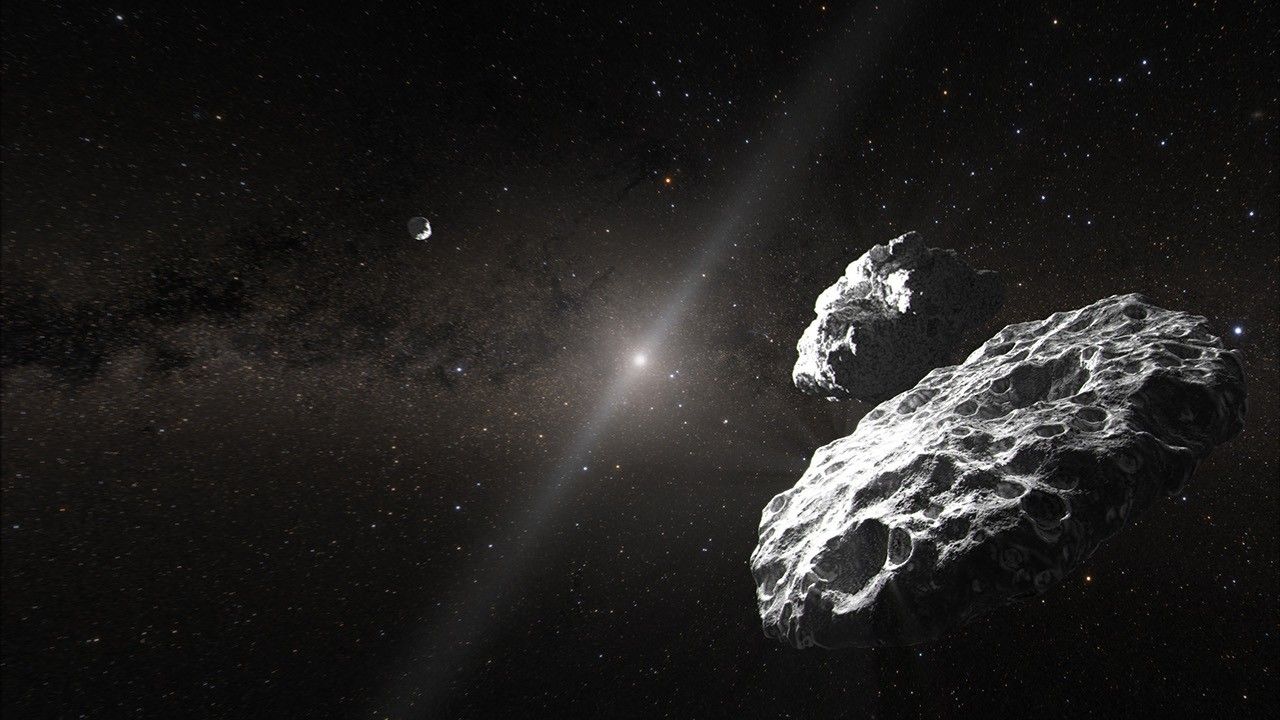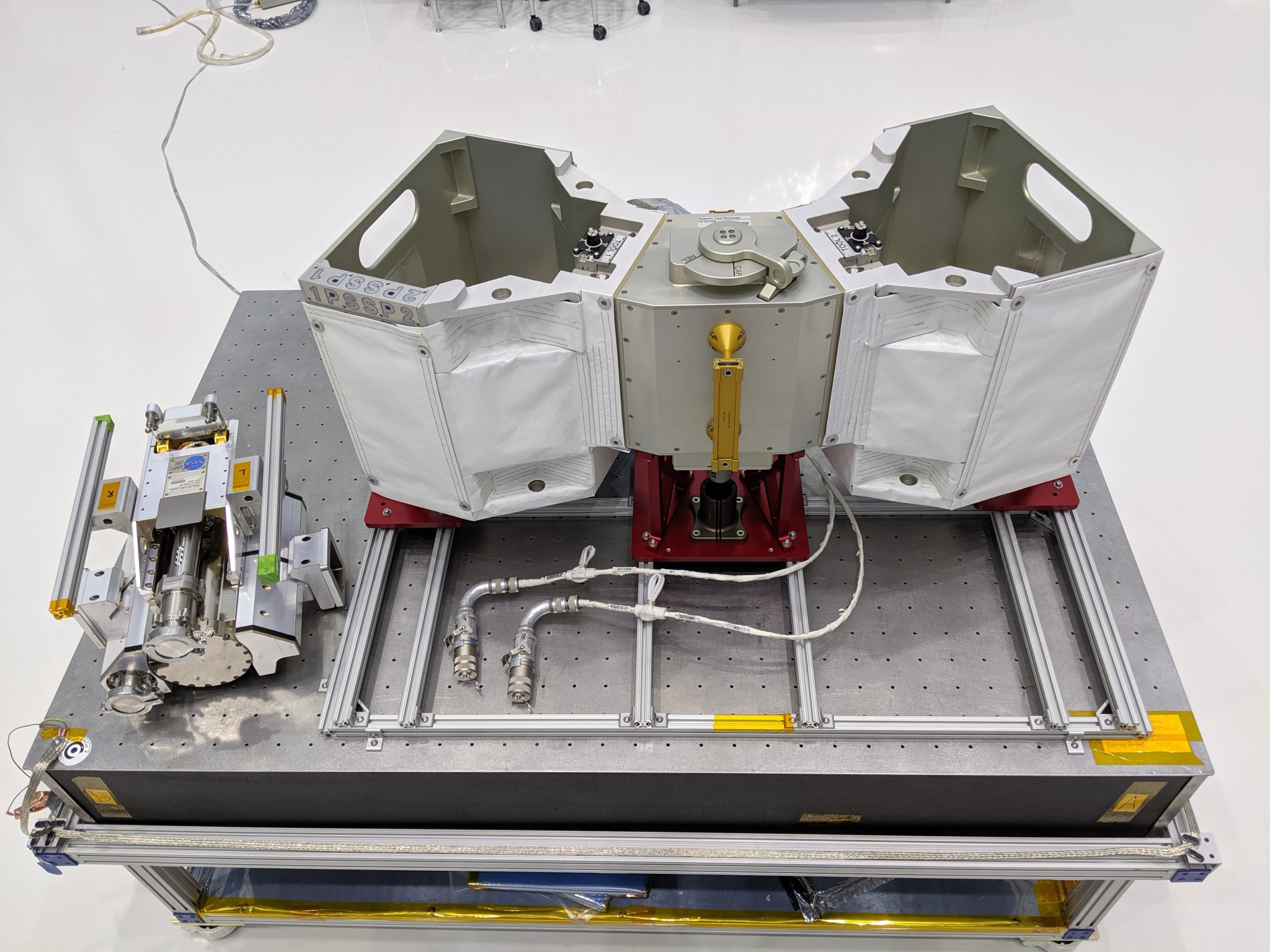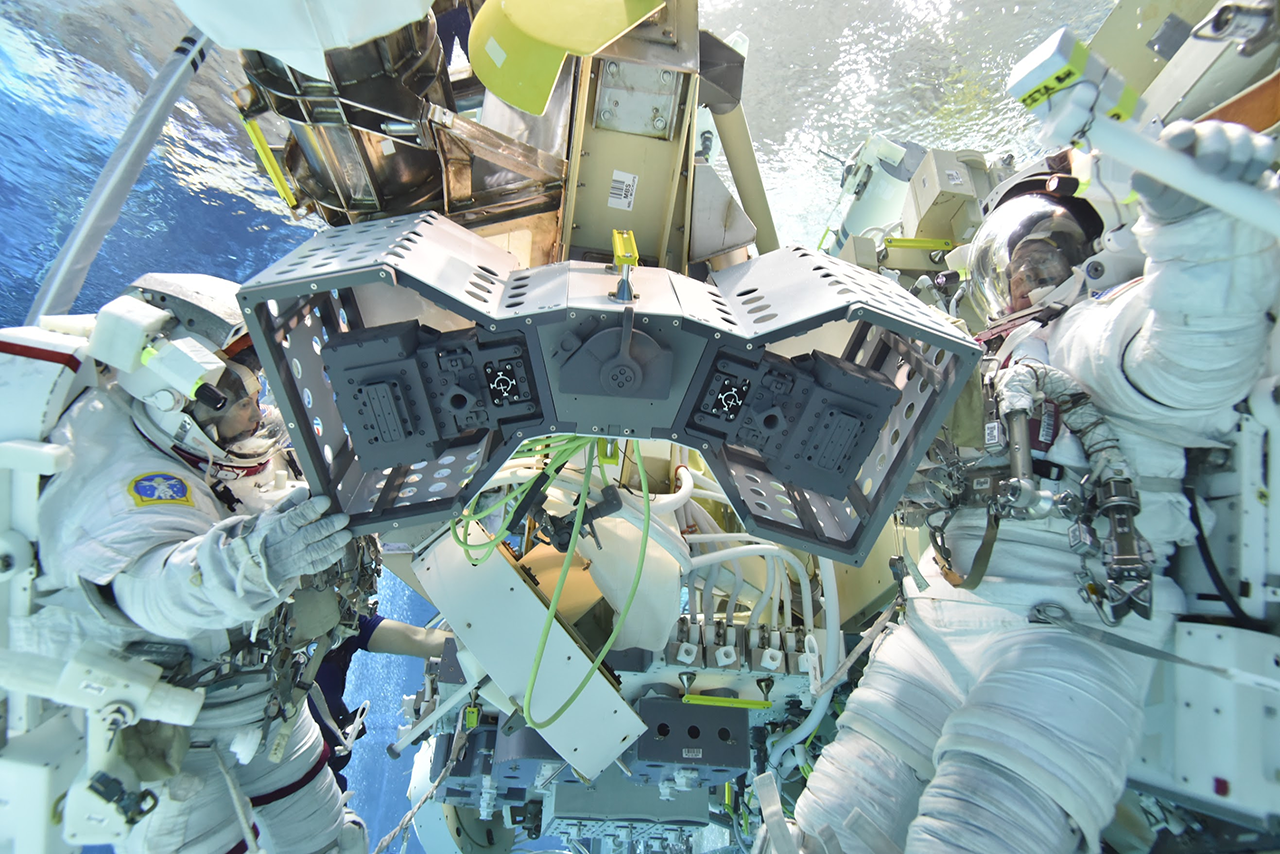Sometimes robots need a place to stay in space, too. NASA is attaching a “robot hotel” to the outside of the International Space Station with the upcoming launch of the Robotic Tool Stowage (RiTS), a protective storage unit for critical robotic tools.
RiTS is set to launch on Dec. 4 aboard the 19th SpaceX commercial resupply mission. Its first residents will be two Robotic External Leak Locators (RELL). Outfitted with mass spectrometers capable of “sniffing” out the presence of gases such as ammonia, these robotic tools are used to detect leaks from the station. Two RELL units are on board the station right now: the first RELL launched in 2015, and it proved to be such a success that a second RELL was launched as a backup earlier this year.
“For each of its stored tools, RiTS will provide heat and physical protection from radiation and micrometeroids, or tiny, high-speed objects hurtling through space,” said Mark Neuman, RiTS hardware manager. “Its thermal system maintains ideal temperatures for the instruments, helping them stay functional.” Having this housing unit in place will also help the space station’s robotic arm, Dextre, easily locate, grab and put back these important tools.
In space, storage is especially important. Keeping RELL inside the station takes up space that could be used for other scientific hardware and experiments.
Additionally, the process of deploying RELL takes much longer when the tool is not externally stored. RELL is a robotic tool operated remotely by mission controllers on the ground, created to facilitate space station repairs, but requires crew schedule and airlock availability to bring RELL outside the station with the use of station’s Dextre robotic tool.
Once outside the station, RELL currently needs to wait 12 hours in space before it can be used. This allows for RELL’s extremely sensitive gas analyzer to clear itself of water vapor and other gases from inside the station, essentially giving the instruments a clean slate. Because of this extensive process, it could take multiple weeks or even months from the time a leak is suspected, to the time RELL is deployed, to then find out where it is coming from. With RiTS, this entire process would only depend on Dextre’s availability, greatly expediting the search for leaks.
To keep spacecraft like the International Space Station cool, NASA uses a complicated network of ammonia pumps, reservoirs and radiators — like a much more advanced housing air conditioning system. This vast network has thousands of feet of tubing and hundreds of joints.
However, over its lifetime, the space station has accumulated occasional small ammonia leaks at its joints, often as a result of micrometeroids. While not a safety risk to the crew, these microscopic leaks can impact the cooling system’s efficiency, which relies on ammonia to maintain habitable temperatures for the crew and equipment on board.
“This hardware will significantly reduce time and cost for the station crew to deploy leak detection capabilities using Dextre.” said NASA Senior Systems Integration Lead Chris Craw. “With RiTS, we’ll have easier and faster access to RELL, which can help ensure our astronauts’ safety in space.”
After its launch, RiTS will be installed through a special spacewalk by astronauts, and it will then stay on the outside of the station. RiTS even mounts to the robotic platform that moves Dextre up and down the external rails on station and ensures a RELL tool will always be accessible.
Human and robotic collaborations like these can be applied to more than just the space station, including potential exploration of the Moon, Mars and beyond. For example, RiTS and RELL’s capabilities could be employed to detect potential leaks occurring from future human habitats on lunar and other planetary surfaces, as well as the Lunar Gateway.
RiTS was developed by the Satellite Servicing Projects Division at NASA’s Goddard Space Flight Center in Greenbelt, Maryland, in partnership with NASA’s Johnson Space Center in Houston.
By Isabelle Yan
NASA’s Goddard Space Flight Center, Greenbelt, Md.

























